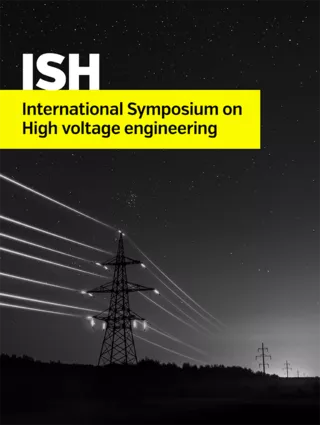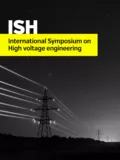Summary
The Line-Resonance-Analysis (LIRA) is a possible detection method for fault localization and an indication of insulation material changes. The localization of this, however, is not an entirely new diagnostic method. Faults are locally detectable with a Time-Domain-Reflectometry and changes within the insulation system are observable with a Tan-Delta-Measurement for the complete cable length. LIRA, on the other hand, could maybe even obtain both categories of changes with one measurement. LIRA can predict changes and failures on a specific cable position. The diagnostic system of the LIRA is not well established at this time because its system functionality and algorithm have not been clearly identified yet. Due to this, investigations are necessary to understand LIRA. Research is separated in cable modeling and LIRA failure simulation. The cable simulation model is based on two different numerical models. Those are divided into simple and higher order models. The simple model is a massive core surrounded by insulation and a hollow cylinder, representing the outer conductor. The higher model allows including the semiconductive layers and the shield as separate wires. All numerical models calculate Transmission-Line-Parameters (R’, L’, C’ and G’) per length with respect to skin-effect. The cable models are based on parameters of a real Medium-Voltage (MV) cable. The cable models are investigated and compared with measurements on a real 135.325 meters long MV cable. LIRA simulation is based on one of this cable models and allows inserting changes in the insulation or other variables.
Additional informations
| Publication type | ISH Collection |
|---|---|
| Reference | ISH2017_345 |
| Publication year | |
| Publisher | ISH |
| File size | 593 KB |
| Pages number | 6 |
| Price for non member | Free |
| Price for member | Free |
Keywords
Line-Resonance-Analsysis, LIRA, cable model, cable diagnostic, FDR




